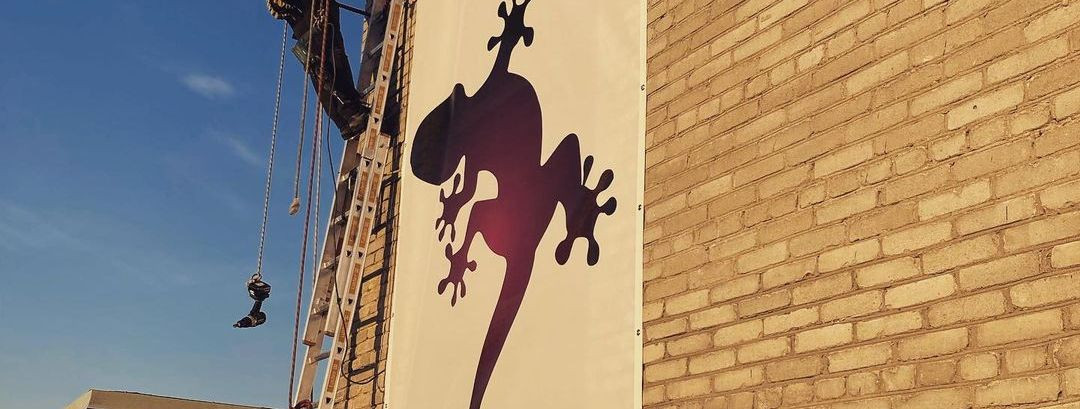The ultimate guide to safely working at heights
Working at heights remains one of the leading causes of occupational fatalities and serious injuries. Understanding the gravity of these statistics is crucial for recognizing the importance of stringent safety measures.
Common hazards include unstable working platforms, unprotected edges, gaps, and openings, as well as weather-related risks. Recognizing these hazards is the first step towards mitigating potential accidents.
Regulatory Framework and Compliance
International standards such as ISO and ANSI provide guidelines for safety practices. Adhering to these can help companies maintain a high level of safety and avoid legal repercussions.
National legislation varies, but it generally places the responsibility for worker safety on employers. Understanding and complying with these laws is not only a legal obligation but also a moral one.
Preparation and Planning for Height Work
Conducting a thorough risk assessment allows for the identification and mitigation of potential dangers before work begins.
A safe work plan includes details such as task descriptions, emergency procedures, and rescue plans. It is a blueprint for safety that should be followed meticulously.
Choosing the Right Equipment
Selection of appropriate PPE such as helmets, harnesses, and lanyards is essential. PPE should be regularly inspected and maintained to ensure its effectiveness.
Fall protection systems like guardrails, safety nets, and fall arrest devices are critical components of a comprehensive height safety strategy.
Training and Competency
Proper training ensures that workers are aware of the risks and know how to use safety equipment correctly. It is a vital part of any safety program.
Training can range from general awareness to specialized courses for equipment use and rescue operations. Ensuring that workers have the right training for the job is key to preventing accidents.
Implementing Safety Measures on Site
Regular inspections of equipment and work sites help to identify and rectify potential safety issues before they lead to accidents.
Having clear emergency procedures and rescue plans in place ensures a quick and effective response in the event of an accident, potentially saving lives.






Comments (0)